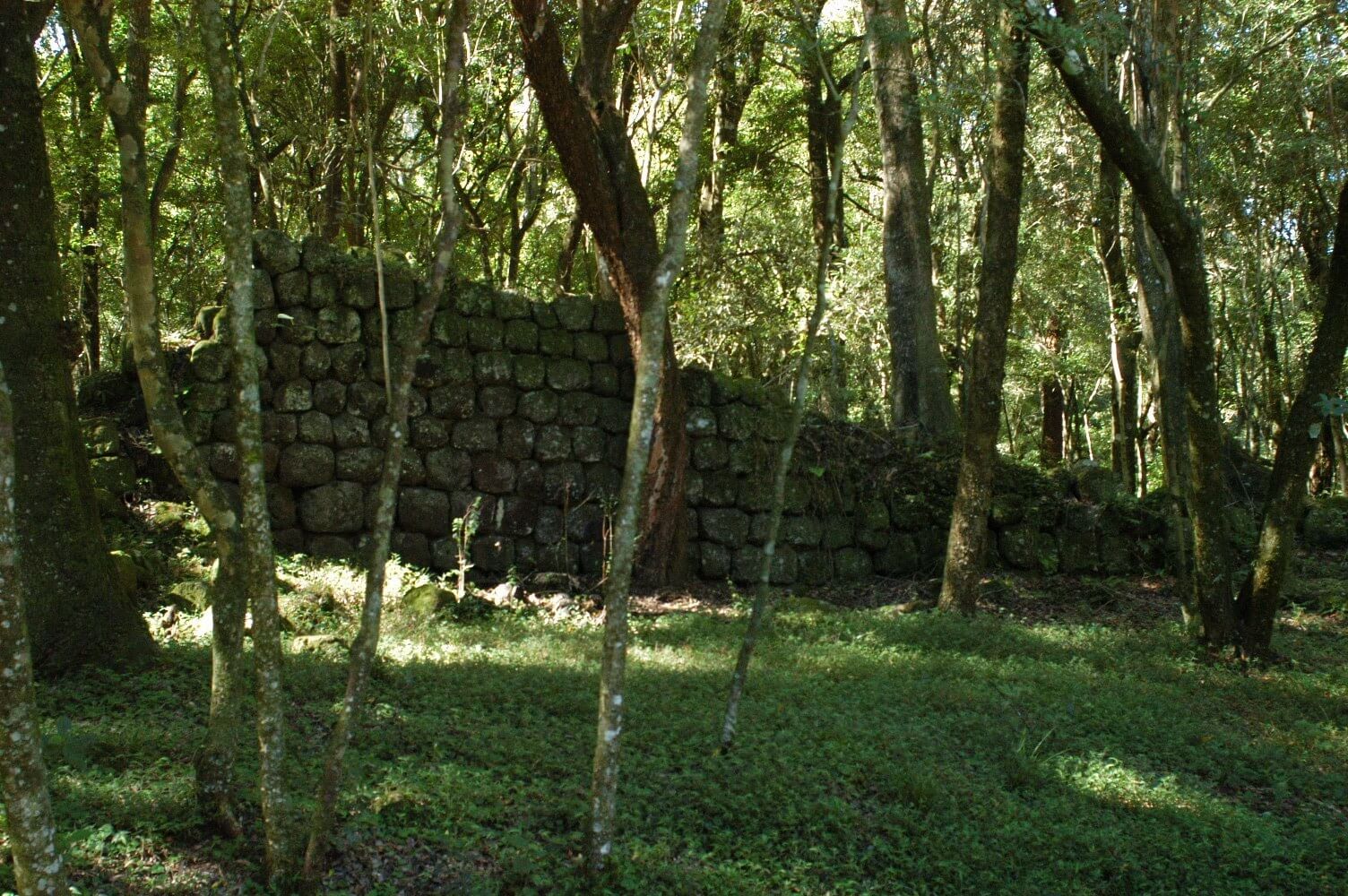
Resumen
Founded in 1622 on the right bank of the Parana River, had to move from the attacks of the frontiersmen, to be located at its present site in 1701
Información
Fundación
Founded in 1622 on the right bank of the Parana River, had to move from the attacks of the frontiersmen, to be located at its present site in 1701
Ubicación
Estado actual
important vestiges of urban buildings are preserved, as well as works
supplementary irrigation pipeline and around.
Santa Maria integrates the World Heritage List since 1984.
Estado actual
This mission ran a printing press, between 1722 and 1724, edited books of great value as “Art Guaraní Language” and “Vocabulary of the Guarani language,” Father Antonio Ruiz de Montoya, and “Explanation of the Catechism” , Nicholas Yapuguay Cacique. These works, along with printed Loreto and San Francisco Javier, between 1705 and 1727, are the first books published in the current Argentine territory.
In 1690, the population of Santa Maria was 5,500 Guarani. At the time of the expulsion of the Jesuits, their fields had large numbers of cattle, sheep and horses. Like other missions, was destroyed by Portuguese forces in 1817.
The reduction follows the traditional urban layout of the missions, but has some distinct characteristics: first, it was a relatively small nucleus: the particular sequence of square and square; church, smaller than others, and their singular work coffered shapely columns; Finally, the existence of a prison, which stood next to the church, consisting of seven cells thick walls. In 1735, a fire destroyed the church. Only the image of the Immaculate saved. A makeshift temple was built in the second courtyard of the reduction. The main buildings were made ??of stone or bricks on stone foundations, and the houses of the Indians in adobes.








